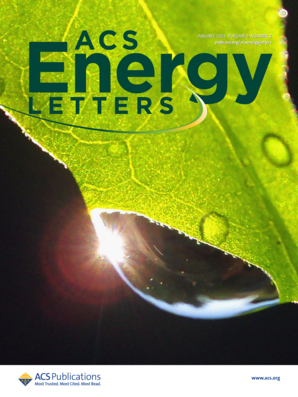钛合金激光快速成型技术的最新创新
IF 19.3
1区 材料科学
Q1 CHEMISTRY, PHYSICAL
引用次数: 0
摘要
钛(Ti)合金被广泛应用于航空航天和生物医学工程等前沿领域。激光增材制造(LAM)作为一种创新技术,是钛合金发展的关键驱动力。尽管钛合金的激光增材制造技术取得了重大进展,但仍存在需要进一步研发的挑战。为了总结 LAM 高性能钛合金的潜力,本文系统回顾了 LAM 钛合金在工艺、材料和性能方面的最新信息。文章回顾了推进 LAM Ti 合金的几种可行解决方案,包括智能工艺参数优化、利用辅助能量场进行 LAM 工艺创新以及为 LAM 定制新型 Ti 合金。在 LAM Ti 合金过程中可应用的辅助能量场(如热场、声场、机械变形场和磁场)会影响熔池动力学和凝固行为,从而改变微观结构和机械性能。本文详细综述了为 LAM 定制的各种新型钛合金,如共晶 α-Ti、共晶(α+β)-Ti、混合(α+β)-Ti、同构 β-Ti 和共晶 β-Ti 合金。此外,还展望了机器学习在加速 LAM 工艺优化和新材料开发方面的作用。综述总结了材料特性和性能范围,并对钛合金 LAM 方面的研究成果进行了基准测试。此外,还强调了钛合金 LAM 的前景和未来趋势。本文章由计算机程序翻译,如有差异,请以英文原文为准。
Recent Innovations in Laser Additive Manufacturing of Titanium Alloys
Titanium (Ti) alloys are widely used in frontier fields like aerospace and biomedical engineering. Laser additive manufacturing (LAM), as an innovative technology, is the key driver for the development of Ti alloys. Despite the significant advancements in LAM of Ti alloys, there remain challenges that need further research and development efforts. To recap the potential of LAM high-performance Ti alloy, this article systematically reviews LAM Ti alloys with up-to-date information on process, materials, and properties. Several feasible solutions to advance LAM Ti alloys were reviewed, including intelligent process parameters optimization, LAM process innovation with auxiliary fields and novel Ti alloys customization for LAM. The auxiliary energy fields (e.g., thermal, acoustic, mechanical deformation and magnetic fields) that can be applied during LAM Ti alloys affect the melt pool dynamics and solidification behaviour, altering microstructures and mechanical performances. Different kinds of novel Ti alloys customized for LAM, like peritectic α-Ti, eutectoid (α+β)-Ti, hybrid (α+β)-Ti, isomorphous β-Ti and eutectic β-Ti alloys are reviewed in detail. Furthermore, machine learning in accelerating the LAM process optimization and new materials development is also outlooked. The review summarizes the material properties and performance envelops and benchmarks the research achievements in LAM of Ti alloys. In addition, the perspectives and further trends in LAM of Ti alloys are also highlighted.
求助全文
通过发布文献求助,成功后即可免费获取论文全文。
去求助
来源期刊

ACS Energy Letters
Energy-Renewable Energy, Sustainability and the Environment
CiteScore
31.20
自引率
5.00%
发文量
469
审稿时长
1 months
期刊介绍:
ACS Energy Letters is a monthly journal that publishes papers reporting new scientific advances in energy research. The journal focuses on topics that are of interest to scientists working in the fundamental and applied sciences. Rapid publication is a central criterion for acceptance, and the journal is known for its quick publication times, with an average of 4-6 weeks from submission to web publication in As Soon As Publishable format.
ACS Energy Letters is ranked as the number one journal in the Web of Science Electrochemistry category. It also ranks within the top 10 journals for Physical Chemistry, Energy & Fuels, and Nanoscience & Nanotechnology.
The journal offers several types of articles, including Letters, Energy Express, Perspectives, Reviews, Editorials, Viewpoints and Energy Focus. Additionally, authors have the option to submit videos that summarize or support the information presented in a Perspective or Review article, which can be highlighted on the journal's website. ACS Energy Letters is abstracted and indexed in Chemical Abstracts Service/SciFinder, EBSCO-summon, PubMed, Web of Science, Scopus and Portico.
 求助内容:
求助内容: 应助结果提醒方式:
应助结果提醒方式:


